Sounds Smart: Tech Tools for Acoustic Comfort by Quiet Mark
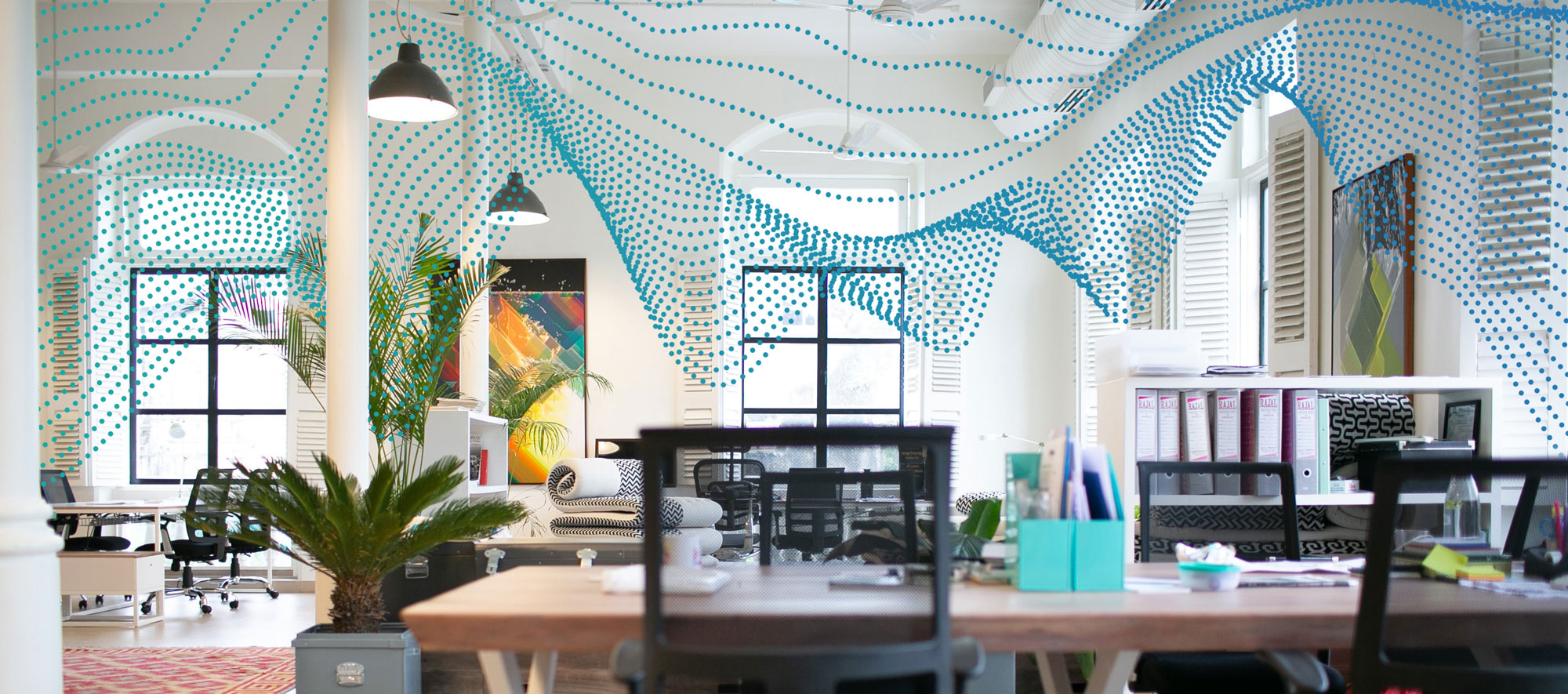
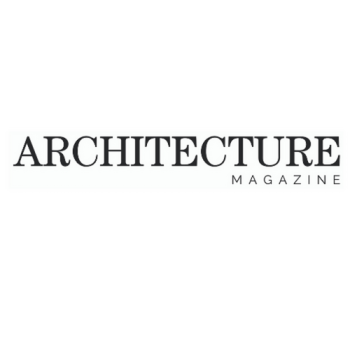
Image: Workspace soundscape by Moodsonic
Sounds Smart: Tech Tools for Acoustic Comfort by Quiet Mark
By EDITORIAL TEAM for ARCHITECTURE MAGAZINE
Quiet Mark share useful tech tools to help improve acoustic comfort.
The pandemic has helped to restore the value of quiet back into society. People have developed a greater appreciation of the importance of quiet in their lives and its vital role in their sense of wellbeing. And yet, because sound is invisible it is all too often overlooked in the design process of buildings. Consequently, the world suddenly appeared very loud, when lockdowns ended and we returned to a world of busy bars, restaurants, shopping malls, and the open-planned workspace.
A recent study by Leesman found that noise levels are important to 71% of the employees, yet only 33% find them satisfactory in their workplace. Additionally, recently released data reveals that London’s restaurants are the loudest in Europe, and second only to San Francisco worldwide. A survey by SoundPrint found 80% of 1,350 London restaurants were too loud for conversation.
“The advent of smartphone technology is enabling people to educate themselves on sound levels and more. As a society we are wanting quieter spots and there wasn’t any prior data allowing us to do that, which is why SoundPrint was born” explains Gregory Scott, Founder of SoundPrint.
SoundPrint is a global app that measures the noise levels of local bars, cafes, restaurants and other venues. Launching first in the US in 2018, it has since branched out to the UK and other European locations and has amassed over 170K downloads.
Explaining his invention, Gregory told us, “SoundPrint has been designed to be very simple and intuitive for the user. The app has two main functions. The first is ‘SoundCheck’ where you take a sound level measurement of your environment for a minimum of 15 seconds. The objective output will tell you whether the venue is good for conversation and whether it is safe for your hearing health. You simply submit the measurement by tagging the venue that you’re in.”
“The second key function is to Search. Users can find venues by noise levels, location and other criteria.”
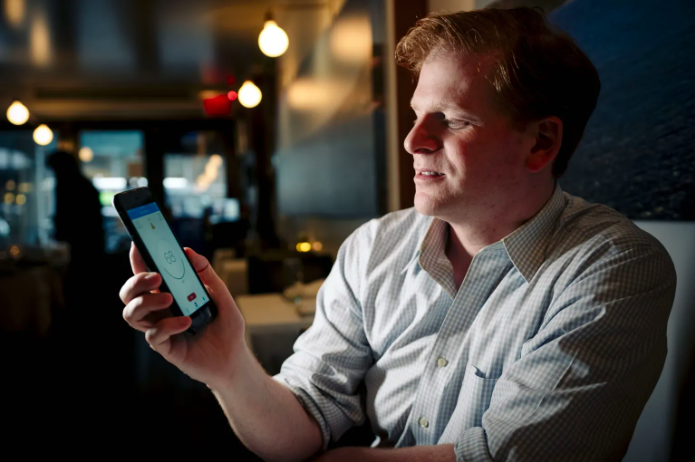
SoundPrint Founder, Gregory Scott – SoundPrint is an app that measures the noise levels of local bars, cafes, restaurants and other venues in multiple cities | Photo by Stefano Giovannini
A study shows that a restaurant can lose up to 10% of revenue per year for being too loud, with diners, who may have enjoyed the food, nevertheless being less inclined to return to a space where it was difficult to have a conversation. This is where the SoundPrint app can empower restaurateurs, enabling them to see exactly how loud their space is. In fact, another helpful feature of the app is that it allows users to make a friendly, helpful, yet anonymous noise complaint to the venue.
Of course, restaurateurs and business owners aren’t usually trained acousticians or interior designers. It can be challenging knowing where to start when it comes to finding products to reduce noise and improve acoustics in their venues and workspaces. This is where Quiet Mark’s Acoustic Academy platform can help; providing a one-stop online directory of Third Party Certified acoustic solutions for every application area and building type.
“Optimising acoustic comfort within any space requires a two pronged approach”, explains Poppy Szkiler, CEO/ Founder at Quiet Mark. “One needs to both choose appliances that have low noise levels and are proven to be the quietest of their category, like coffee machines, air purifiers, hand dryers and washing machines, and introduce more acoustic enhancing products and materials, such as glazing, flooring, ceilings, and sound absorbing lighting and furniture”.
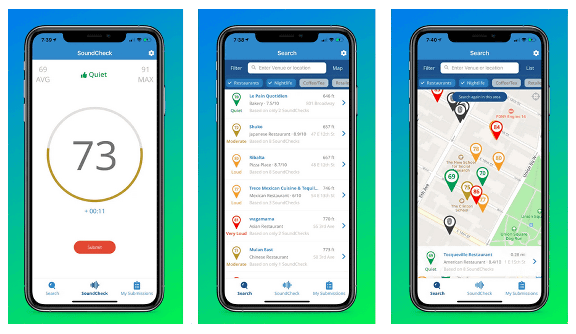
Since launching 10 years ago, Quiet Mark, the independent global certification programme associated with the UK Noise Abatement Society charitable foundation, has made it easier for consumers and trade buyers to find the quietest, best performing products. Their logo can be seen on products by brands including Dyson, Samsung, Miele, BuzziSpace and Rockfon, in leading retailers such as John Lewis, Argos and Very, and on NBS, a leading construction data and specification platform.
Visitors to Acoustics Academy are first invited to select their building type, from a comprehensive selection including Office, Restaurant, Hospital and Hotel. They can then browse acoustic solutions ranging from lighting, partitions and furniture by BuzziSpace, meeting pods by BlockO (pictured below), glazing and sliding doors by Internorm, curtain tracks by Silent Gliss, or ceiling solutions by Rockfon, Knauf, or BASWA acoustic.
You’ll also find innovative soundscaping solutions in the Acoustics Academy. Quiet Mark recently certified Moodsonic, which introduces responsive nature-inspired soundscapes that demonstrably improve human experiences and wellbeing indoors.
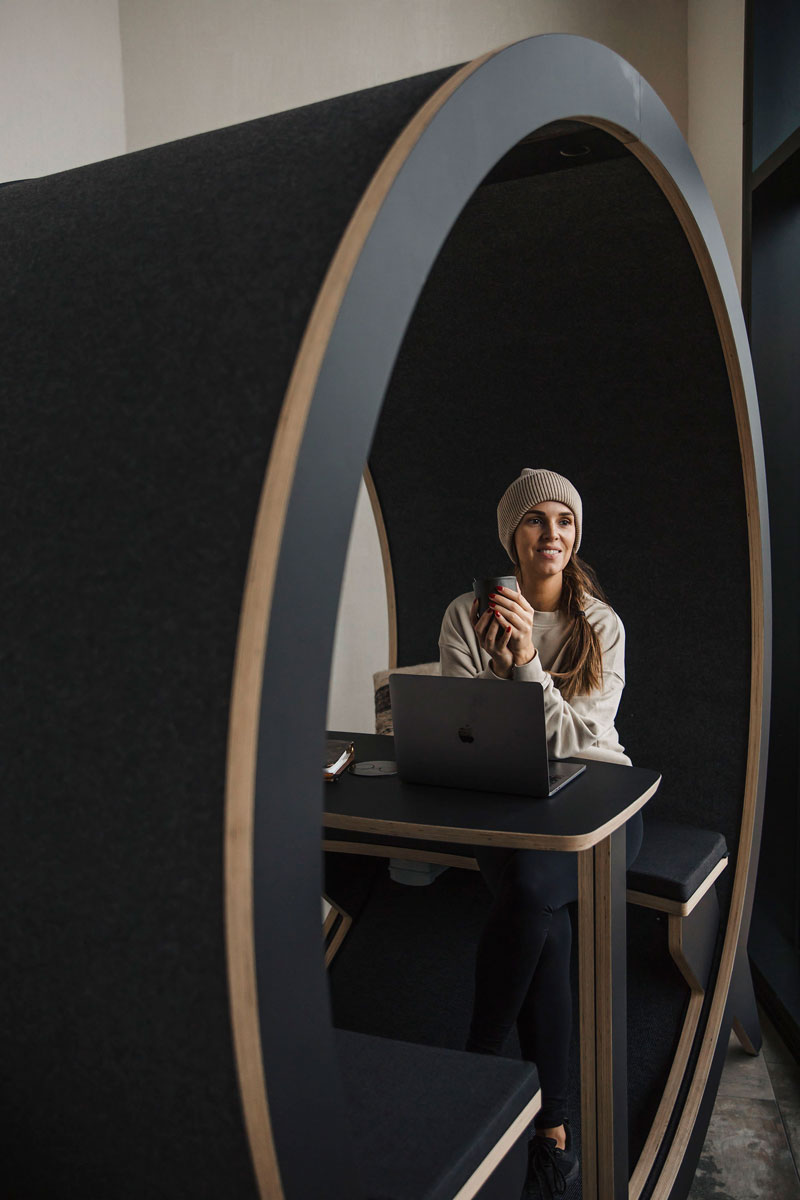
Blocko Acoustic Meeting Pod
Sonically, the places where we spend most of our waking hours are unrecognisable from the natural environments we evolved in. Buildings like workplaces, hospitals and schools tend to be distracting and lacking the richness and therapeutic value of the natural world.
“The way people process sound is deeply personal. But, the evolutionary process did instil some common responses, which have been explored in hundreds of scientific papers”, explains Evan Benway, Managing Director at biophilic soundscape specialist Moodsonic.
“Birdsong, for example, tends to help us feel safe and secure, and its absence can indicate the presence of predators. And, just as the dawn chorus was once our natural alarm clock, the sound of birds can actually trigger our bodies’ circadian rhythms, improving our sleep cycles and quality”.
Moodsonic works with some of the world’s largest organisations to turn the sound of their buildings from a painful afterthought into a positive and exciting design tool. Its nature-based soundscapes create choice for people across a space, and use algorithms to optimise environments in real-time. Sound and technology come together to create buildings that are more comfortable, diverse and productive.
 Read the original feature on the Architecture Magazine website here.
Read the original feature on the Architecture Magazine website here.
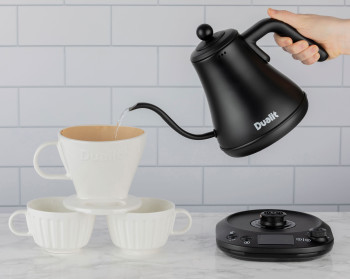


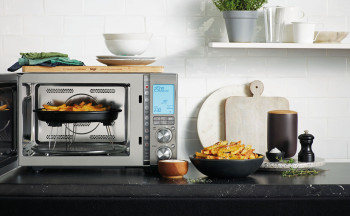
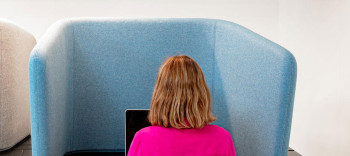

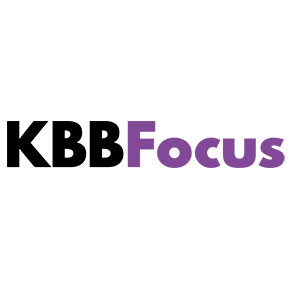

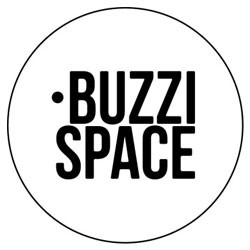


 Quiet Mark Founder
Quiet Mark Founder